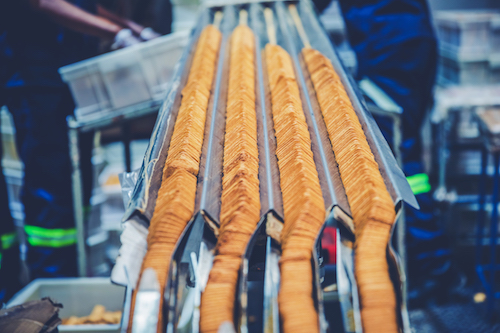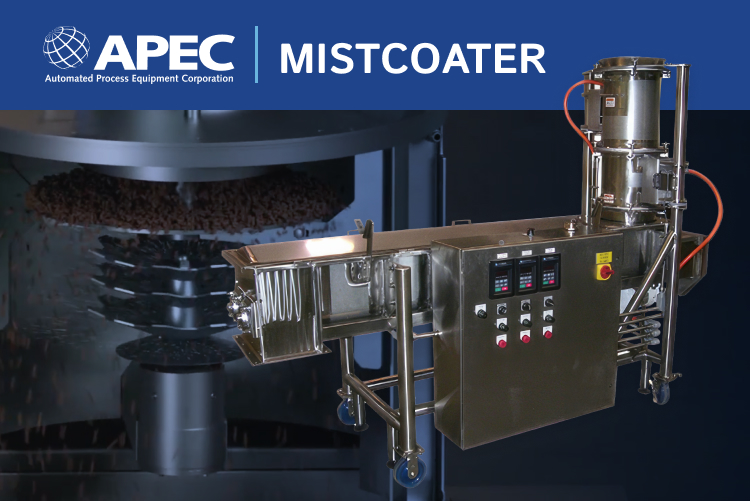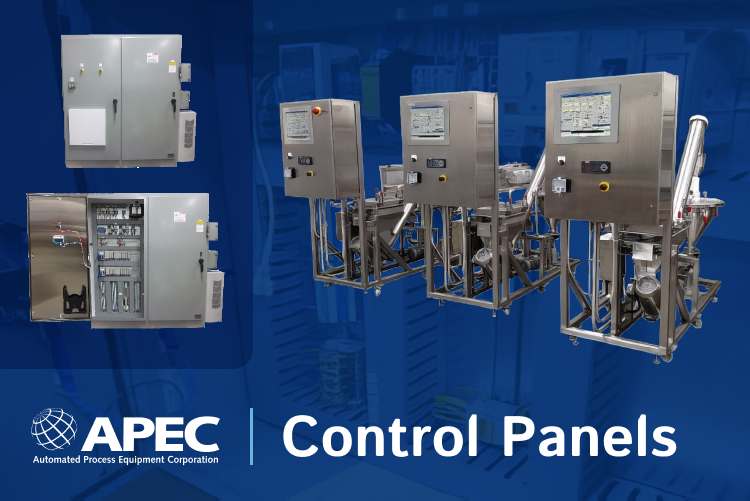
Food processing methods include a wide variety and range of activities that help to make food tasty, accessible, and safe. Humans have been trying to make food processing methods faster and more efficient for thousands of years. The long history of food processing has helped us sustain our quickly growing societies, and also given us more time for other activities. As we continue to advance our food processing equipment, our ability to make food fast, affordable and long-lasting advances too.
The Evolution of Food Processing: The Stone Age to the Modern Age
The First Food Processing Methods
When we think of the history of food processing, we probably think of the first big machines and conveyor belts full of canned goods. However, the first processes for cleaning, storing, and improving foods began thousands of years ago. These food processing methods have been improved, but many of them are still vital to us today.
The first and most important step in the food processing industry was also the simplest: cooking. Our earliest ancestors started by simply adding heat to meats, seeds and vegetables as early as 1.5 million years ago. Simple food preservation methods followed, including drying, smoking and salting, in some of the earliest civilizations, including Mesopotamia and ancient Egypt, as early as 9600 BC. The invention of writing and history helped to advance these early methods, as the first food processors were able to record, pass down and trade information more easily.
The history of food processing began with a number of preservation and cooking techniques that are still used today, though on a much larger and more efficient scale. From prehistoric societies, to some of the earliest ancient empires, such as ancient Greece, India, China and Peru, up to the Middle Ages, these techniques were developed, refined and spread around the world across many different cuisines.
- Cooking
- Salting
- Pickling
- Drying
- Smoking
- Fermenting
The 19th Century: Pasteurization and Canning
Two important food processing methods were popularized in the 1800’s; pasteurization and canning. These processes became vital to the history of food processing, making foods safer and much more accessible.
Pasteurization, developed by and named for French microbiologist Louis Pasteur, was researched in the 1860’s. This process was particularly important for juices and especially milk, which is very susceptible to bacterial growth. Pasteurization kills microbes by applying heat, without affecting the nutritional quality or taste of the food. Without this process, this history of food processing would not have advanced much farther. Long-term food storage and transport throughout the world would have been extremely limited.
A bit earlier around 1810, a French chef was working with a similar process. Nicolas Appert began experimenting with food preservation using heat, glass bottles, cork and wax. La Maison Appert (The House of Appert) became the first food-bottling factory in the world. Other inventors and merchants built on this method to eventually develop the tin can. The tin can would become particularly popular with the start of World War I and the high demand for cheap, long-lasting, transportable food for soldiers.
The 20th Century: Ready-to-Eat Meals
The evolution of food processing really took off during this time period. Throughout the 1900s, a number of rapid, important developments led to food processing as we know it today. Just as WWI popularized the tin can at the start of the century, WWII and the space race in the middle of the century helped to speed up the development of ready-to-eat packaged meals. During this time, the working middle class also began to expand around the world, bringing increased demand for fast meals with a long shelf-life.
New processes as well as new ingredients and new food processing machinery contributed to the history of food processing in the 20th century. Spray drying, evaporation, freeze drying and the use of preservatives made it easier to package different types of foods and keep them on the shelf. Artificial sweeteners and colors helped to make these preserved foods more palatable. The home oven, microwave, blender and other appliances provided an easy way to quickly prepare these meals. Factories and mass production techniques made it possible to quickly produce and package foods. These developments paved the way for globally popular foods like frozen dinners, instant noodle cups, baking mixes, and more.
21st Century: Food Safety and Regulation
Though processed foods were fast and affordable, concerns began to rise about their nutritional value in the late 20th and early 21st century. Many preservation processes reduce the vitamin and mineral content of otherwise healthy foods. Added fat, sugar and oil increases calorie content without increasing nutritional value. Concerns about preservatives and their long-term health effects began to rise. The toll of disposable plastic packaging also began to rise. Though food processing made many foods easier to buy and prepare, there were trade-offs that had, so far, not been addressed.
In 2004, the USDA studied the nutrient content of foods prepared in varying ways. In 2010, First Lady Michelle Obama spearheaded the Let’s Move! campaign designed to reduce childhood obesity and reduce sugar and salt levels in processed foods, particularly those targeted towards children. A number of food manufacturers agreed to reduce salt levels in response. Around this time, the FDA studied food nutrition labels and the public’s understanding of them. Finding that the nutrition labels weren’t helpful for many, the FDA pushed for clearer labeling standards in 2016, including clearer calorie and sugar counts, among other revisions. Many of these debates persist today.
Food safety regulations also saw important changes in the early 21st century with the passage of the Food Safety and Modernization Act. As food processing expanded in large factories, the need for stricter food safety procedures and ingredient tracking became more important to prevent or reduce the effects of foodborne illnesses.
Today’s Food Processing Equipment
The history and evolution of food processing has grown more in the last 200 years than it has throughout the tens of thousands of years that human civilization has existed. As these processes continue to advance, foods that are safe, accessible, and affordable as well healthy and environmentally friendly are the next challenges to meet.
Request a quote today to see how we can help get your food processing equipment up to date.







